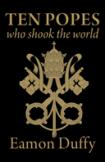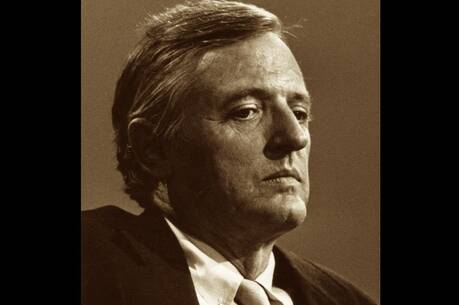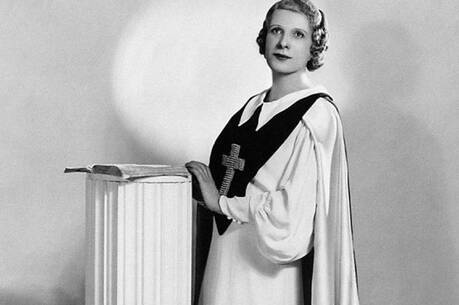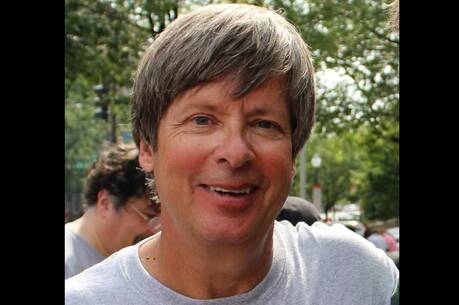Rocks of Ages
Eamon Duffy’s latest book originated as a series on BBC. That fact alone should be enough to persuade you to buy it. Not only is Duffy an elegant stylist; he is the best qualified person in the English-speaking world to write on the subject. You will not, therefore, be disappointed in these 10 sketches that begin with St. Peter and end with John Paul II. In between are five of the usual suspects—Leo the Great, Gregory the Great, Gregory VII, Innocent III and John XXIII.
Less obvious as world-shakers are Paul III, Pius IX and Pius XII. They are also the most problematic. Of the three, the one I know best is Paul III (1534-49), who, among his other claims to fame, can boast patronage of Michelangelo. He is best remembered, however, for finally, after overcoming seemingly insuperable obstacles, convoking the Council of Trent. But he also gave impetus to a renewal of Catholic spiritual life by approving several new religious orders, of which the most important were the Ursulines and the Jesuits. Some scholars see in his pontificate, therefore, the beginning of modern Catholicism. Duffy in the few pages at his disposal is able only to hint at Paul’s dark side and at the disruptive machinations of his children and grandchildren that marred his record.
Pius IX (1846-78) remains a controversial figure in Italy because of his opposition to Italian unification. He is controversial more broadly, despite his recent beatification (2000), because of his reactionary pronouncements on church policy. No doubt, however, his convocation of Vatican Council I (1869-70) and his vigorous promotion during it of the doctrine of papal infallibility left an indelible mark on the church.
Duffy’s treatment of Pius XII was for me the most intriguing in the book. Ever since Rolf Hochhuth’s play, “The Deputy,” opened in Berlin in 1963, the pope has been accused time and again of complicity in the Holocaust because of his failure to denounce it. This accusation has just as many times provoked vigorous defenses. The guns are still blazing from both sides. To write on Pius is to enter a battlefield. Duffy is judicious, but I was a little surprised, which does not necessarily mean displeased, by his stance. (I won’t give the plot away!)
Before I opened the book, I tried to make my own list of 10 popes “who shook the world.” I came up with only one, Gregory VII (1073-85). He made Duffy’s list, as he would make the list, I think, of just about any student of the history of the West. Then I wracked my brain and came up with four more—Stephen II (752-57), Leo III (795-816), John XXII (1316–34), and John XXIII (1958-63). Of these four, on only John XXIII did our lists coincide.
What a cantankerous lot, we historians! But in this case I was not so much being cantankerous as interpreting “shaking the world” in a more literal sense than Duffy. He understood the expression to mean that each of these popes encapsulated one important aspect of what the papacy has come to be. Understood thus, my list would come to look a lot like his.
In his introduction, however, Duffy with an impish touch derails both his list and mine by quoting a provocative, half-serious passage from a book by P. J. FitzPatrick, in which FitzPatrick singles out the “six founders of the Roman Church as we know it”: the Emperor Claudius, Gregory the Great, the Prophet Mohammed, Martin Luther, Napoleon and Sir Charles Wheatstone.
I hope you’re tantalized.
This article also appeared in print, under the headline “Rocks of Ages,” in the December 19, 2011, issue.








